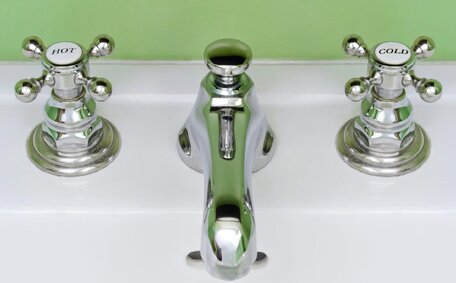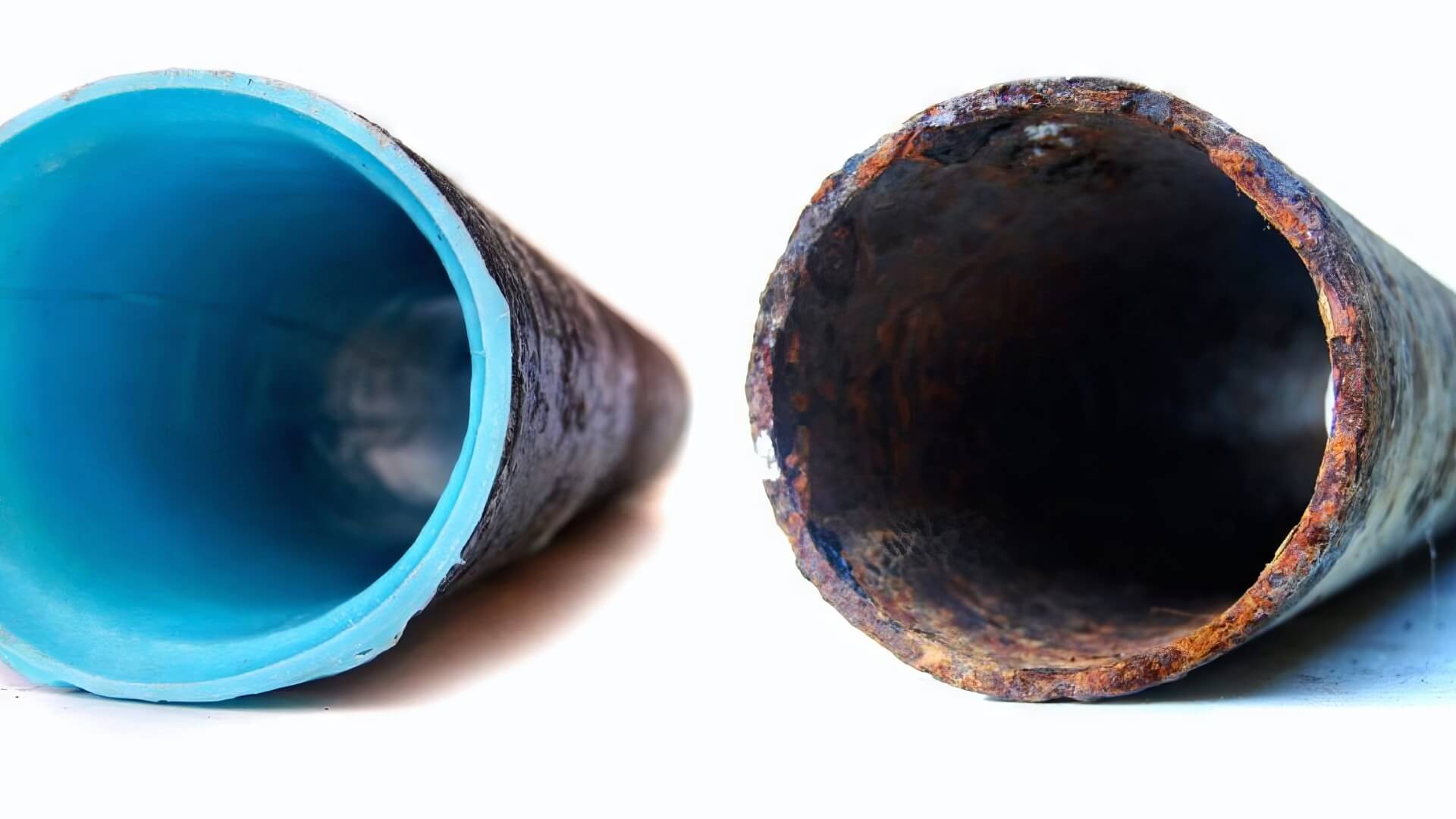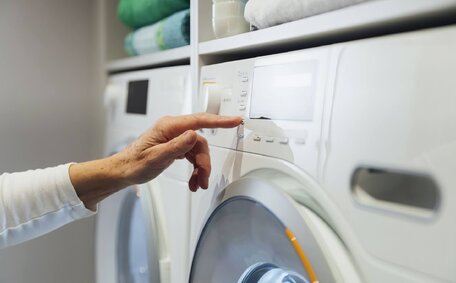What is pipe relining and how does it work?
Pipe relining is a non-invasive repair method that eliminates the need to excavate your garden or driveway. Pipe relining involves inserting an epoxy resin liner into the existing pipe, which then hardens to form a smooth, seamless new pipe inside the old one.
Next, the epoxy resin liner, which comes in a flexible tube form, is fed through the pipe and inflated so it presses tightly against the old pipe walls.
After identifying the issue, we create strategic access points in your plumbing. UV light or steam is then used to cure and harden the resin, which as it hardens, can fix itself into a super strong, jointless new pipe. The pipe relining process begins with a CCTV camera inspection to locate any damage or blockages, ensuring we can repair pipes accurately.
Pipe relining’s foremost benefit is its non-invasive approach, sparing floors, walls, and landscaping from destruction.
It also restores flow capacity and water pressure, ensuring that pipe relining last, and effectively sealing leaks as well as protecting against further corrosion or root intrusion. The process is efficient, environmentally-friendly and cost-effective, with the new pipe from pipe relining can last up to 50 years.
The pipe relining process
Cleaning and inspection
Initially, to ensure optimal results, we would thoroughly clean the pipes using high-pressure water jets to prep them for seamless pipe relining. This step ensures pipes can rid themselves of any built-up debris, grease or scale. A CCTV drain camera is then fed through the pipes to carefully inspect them for damage, cracks, leaks, or broken pipes.
Installation of custom liner
- Strategically determined access points are cut into the pipe, optimising the repair process.
- A flexible, woven tube made of epoxy resin is saturated with a special two-part resin.
- Using air pressure, the saturated liner does section pipe restoration by being pulled into the damaged pipe, expanding to fit seamlessly.
- UV light or steam heat is applied, curing and hardening the resin into a smooth, jointless pipe.
Testing and completion
Once cured, the restored sewer pipe infrastructure is CCTV inspected again to ensure there are no defects. Finally, the access points are resealed, any external damage repaired, and your pipe infrastructure promptly restored.
The trenchless relining solution is detailed and efficient, usually completed within a day, minimising damage to your home or business.
Factors affecting longevity of relined pipes
There are several key factors that impact how long does pipe relining will last:
Pipe material and condition
Minimal issues translate to extended life expectancy for the relined pipe.
Relined PVC pipes generally last 50+ years, whereas older materials like cast iron may offer a shorter lifespan of 15-20 years.
Quality of installation
A relined pipe’s lifespan is extended with proper installation by certified technicians, rejuvenating even aging pipes. The pipe must be thoroughly cleaned, measured and fitted with a liner of appropriate specification. Every joint and defect needs sealing for optimal performance.
Environmental factors
Acidic soil seeping into soil around the pipe, high groundwater tables and soil movement from tree roots or soil expansion can reduce lifespan. Yet, the seamless barrier created during relining protects against corrosion and infiltration.
Maintenance
Regular inspections and efforts to fix blocked drains ensure the long-term durability of your pipes is preserved, preventing issues like broken sewer lines. Spotting minor issues early prevents sewer line failures down the track.
With proper care, experts assert that relined pipes universally maintain functionality for extended durations. Proactive maintenance and quality installation give the best chance of maximising lifespan.
Comparing pipe replacement vs relining
When it comes to repairing damaged pipes, homeowners have two main options – full pipe replacement or trenchless pipe relining.
Pipe replacement
Replacing pipes is intrusive, costly, and time-intensive, frequently leading to unnecessary property damage. Walls and floors may face demolition and the up time required for landscaping to recover, inflicting minimal damage to your property, can be extensive.
This method requires trench excavation to access pipes, which can significantly disrupt your property. This turns the property into a prolonged construction zone, potentially making the home unlivable without water and sewer services.
Pipe relining
Regarding efficiency, relining employs epoxy resins to create a new pipe inside the existing one. As it hardens, it seals cracks, restores flow and prevents further damage.
Your property remains comfortable with sewer and water services operational during relining. The project takes 1-2 days with no invasive demolition. Surfaces and landscaping remain untroubled, thanks to modern pipe relining solutions.
Key comparisons
- Pipe relining can also preserve pipes for 50+ years when maintained well – as durable as new pipes.
- It’s also noteworthy that relining is 70% cheaper than full replacement, saving thousands.
- The process is not disruptive allowing normal household function.
- No damage occurs to walls, floors, landscaping etc.
With expert installation and proactive upkeep, relined pipes provide the same lifetime as new pipes. The cost-effectiveness and convenience of trenchless relining makes it the smartest modern choice.
Cost and environmental benefits
Professional plumbers endorse our pipe relining services for their significant cost savings over complete pipe replacement. Relining prices range from $2000-$4000 for an average home installation. Replacing those same pipes traditionally could cost $10,000-$30,000.
Over the long term, the seamless epoxy barrier prevents leaks, corrosion and backups that lead to even higher repair bills.
Beyond cheaper repairs, relining eliminates the major property damage and expensive reconstruction costs after pipe replacement projects. Eliminating the need to demolish and repair walls, floors, driveways or landscaping substantially lowers economic repercussions. The sustainability benefits also lower environmental impacts long term.
- Thanks to no digging being required, the latest methods of pipe repair cause no excavation, ground disruption or waste production.
- No heavy machinery lowers noise, local traffic, pollution and carbon emissions.
- Minimal equipment requirements and shorter processes reduce energy expenditures.
- Preserving and restoring existing pipes is resource efficient.
Pipe relining is in harmony with eco-friendly building practices, green plumbing endeavours, and sustainability objectives. The cost-effectiveness, longevity of repairs and lack of property disruption provide optimal economic and environmental outcomes for homeowners.
Maintaining your relined pipes
Matt and his skilled plumbing service team emphasise that properly maintaining relined pipes is crucial for their longevity and effectiveness. Here are some vital maintenance tips to benefit our customers:
Regular drain inspections
Conducting annual CCTV drain inspections after relining is advisable to promptly detect any pipe issues. Relining Sydney professionals such as Matt his team at Hunters Hill Plumbing, readily offer this service.
Clear debris buildup
Debris from cooking oils, soaps and tree roots can slowly accumulate inside pipes, causing blockages. Monthly use of drain cleaning products helps eliminate grease build-up, maintaining steady flow.
Repair ground movement
Soil expansion, unstable foundations and tree roots can cause misalignment in your plumbing infrastructure. This stresses connections. Promptly repairing driveways, foundations and removing problem trees preserves integrity.
Update other plumbing
Outdated fixtures and leaky pipes can create moisture problems, compromising the structural support for pipes. Replacing old sinks, taps and ensuring a reliable hot water system prevents deterioration.
Adhering to these guidelines helps maintain optimal operation of your relined pipes; contact us for any assistance. Call us to book your appointment if you notice any issues for prompt pipe repair.






